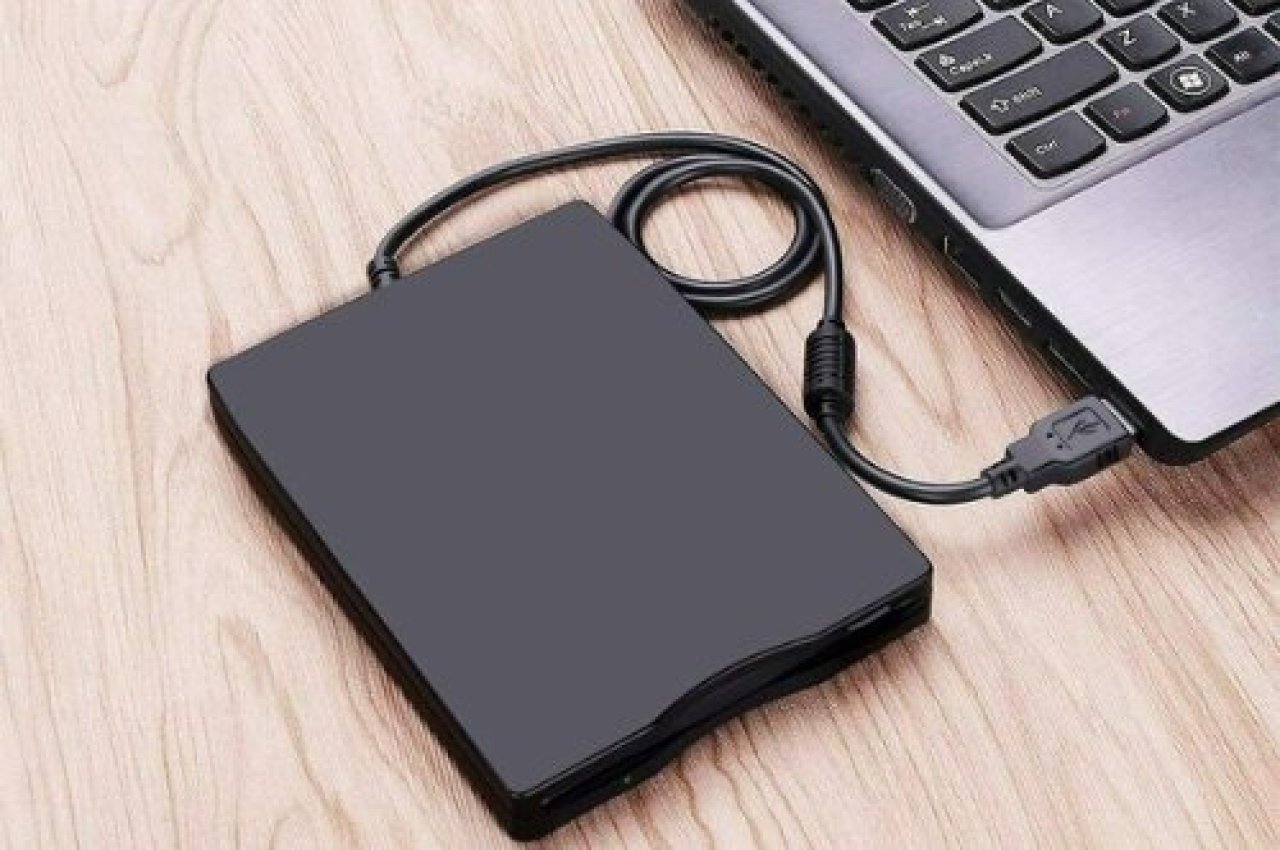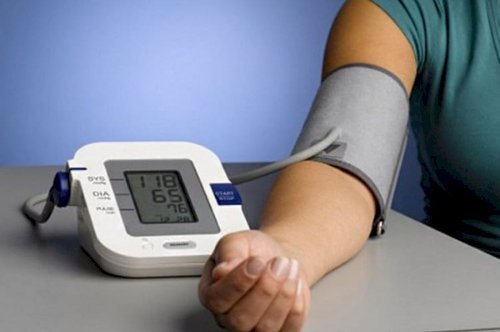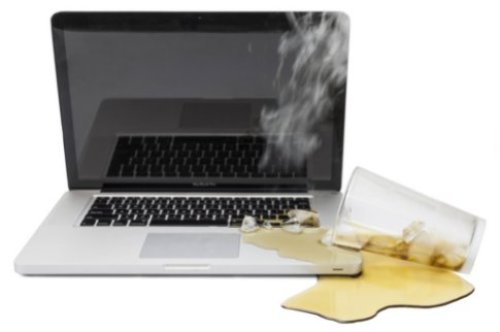Fix a Corrupted External Hard Drive with this Guide.

A corrupted external hard drive is more common than you think. However, nobody wants to experience having a corrupt external hard drive that you cannot use. But we can wish things away as much as we want, it doesn’t mean we won’t ever experience them. Thankfully, all hope is not lost. There are ways to fix a corrupted external hard drive. However, before we proceed to the ways to fix a corrupted external hard drive, let’s determine if indeed your hard drive is corrupted. This is because your hard drive may not be damaged at all, and there are simply other issues you haven’t discovered especially if the issue is that your hard drive is not detected by the computer.
- Try another USB cable. Nothing may be wrong with your drive and the cable might just be broken.
- Check the power supply. Your hard drive has a separate power source.
- Find the external hard drive through Disk Management. Go to This PC (My Computer) from the File Explorer, right-click on it, select Management/Manage > Disk Management. Select an external disk among the volumes, then right-click on it and select “Mark partition as active”.
If this doesn’t help or your computer detects your hard drive but you cannot assess your files or find unfamiliar signs and symbols, all hope is not lost; you can still correct the situation. To fix a corrupted external hard drive, you can either do it by formatting your hard drive or without formatting. But please note that either way, you will be losing your files. If you don’t want to lose your files - which I imagine most people don’t - you will need to use recovery software to recover your files before fixing your hard drive.
With Formatting
If you don’t mind losing your files, you can go straight to formatting the hard drive completely. To do this;
- Go to This PC (My Computer) from the File Explorer, right-click on it, select Management/Manage > Disk Management. Select an external disk among the volumes.
- Right-click on it and select the format and preferred file system (FAT, exFAT, FAT32, NTFS).
- This prompt will format your external hard drive.
Without Formatting
Now, if you don’t want to format your hard disk, use recovery software - as mentioned above - to recover your files and then proceed to fix your hard drive. There are two ways to go about it.
First Method
- Go to This PC (My Computer) from the File Explorer and select the desired external hard drive.
- Right-click the hard drive, select Properties > Tools > Click on Check.
- This will prompt a scan, which should fix the external hard drive errors.
- However, if this doesn’t work, which is often the case, you should try the second method.
Second Method
- Go to Command Prompt by pressing X and Window key together and select Command Prompt. Or you could right-click the Start button and enter cmd or command prompt in the search field; press Enter. You will see a new window titled cmd.exe. Click on it.
- You should have a line similar to C: \Windows\Systems32>
- In that new window, type chkdsk c: /f OR chkdsk c: /r
- In the place of c, substitute that with the letter of your disk.
- Also, using /r or /f will depend on where you want to be scanned. For “/r”, the errors on the sector of the disk will be corrected and for /f the errors on the disk will be corrected.
- Please note that there is a space between c: and /
- When you are done writing this prompt, press enter and it should scan and correct the errors.
Your hard drive should be back to you safe and sound using any of these methods. If you need a quality hard drive, you can get one from SellOff.ng.







